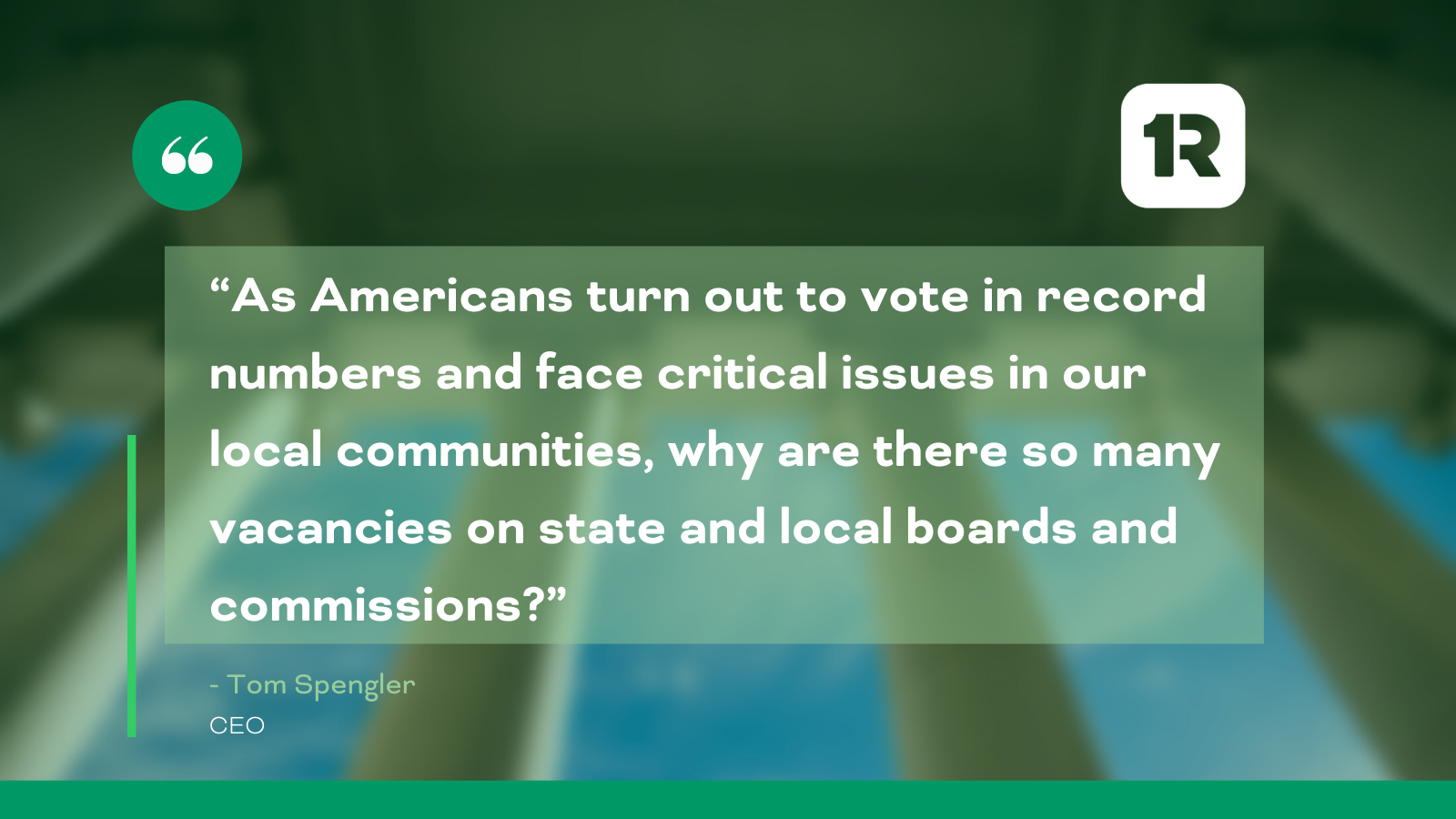Living in the digital age means expectations of interoperability between all systems without silos or roadblocks. There should be a seamless interconnectivity that allows the digital ecosystem to function like a well-oiled machine.
Below, we’ll be looking at 6 different ways your government can become interconnected in a way that improves processes, communication, services, and experiences for residents and staff.
1. Replacing Information Siloes with Connective Technology
Governments have been attempting to make changes to their traditional silo-based IT infrastructures. But issues such as cost, scale, and security risks act as obstacles.
The solution lies in providing a fast, secure, singular interconnection to multiple cloud providers.
Integrated cloud points of presence (PoP) use virtual connections to deliver direct, secure, and affordable access to multiple clouds. From there, agencies can construct an interconnected grouping of cloud-based value/supply chain services.
2. Develop a Smart City Strategic Plan
Municipalities solving problems (such as aging/growing populations, competition for talent, climate change, inequality, etc.) with outcome-based digital transformation (DX) are known as Smart Cities.
Outcome-based DX leverages innovation, creativity, and new sources of information to improve experiences, sustainability, resilience, finances, and operational performance.
It’s essential to create a plan to execute all that goes into a smart city.
3. Top 10 Priority List
When planning a Smart City, create a top-10 priority list for your municipality. Each municipality is unique and will be at different digital milestones, ready for different priorities at different times.
Here’s an example of a list:
- Centralized Data Security & System
- Budget
- Population management
- Talent retention
- Combatting climate change
- Fostering equality
- Intelligent Transportation
- Sustainable urban planning
- Resilient energy and infrastructure
- Business investment
4. Education
Many municipalities saddle themselves with siloed IT systems, budgets, and initiatives.
Therefore, councils, community groups, and business associations need to be educated on the value of Smart City initiatives to understand how the lack of connectivity is holding them back. After all, these are the people who must be convinced to change, with research showing that departments account for over 40% of Smart City project decision making and 30% of project funding.
5. Work With Systems that Are Designed for Interoperability
There’s a need to create interoperable platforms that interweave with one another.
Mobile interconnectivity would be particularly effective since, in today’s day-and-age, mobile devices are much like a 3rd extremity. It would make all the services of a smart city available at the press of a button.
Interoperable customer relationship management systems (CRM) should also be implemented. Ensuring ease and simplicity for all residents – who are much like customers to the government – is integral.
6. Manage Innovation and Risk Like Financial Portfolio Managers
When working on a Smart City initiative, it’s common to hire someone in charge of innovation and provide them with a team of experts. This group will have expertise in designing new ideas while serving as department consultants throughout the city.
Innovation managers should be like portfolio managers. They should know how to reduce capital cost while piloting new ideas in a short time.
With all of this in mind, it’s time to make cities smarter places to live!

